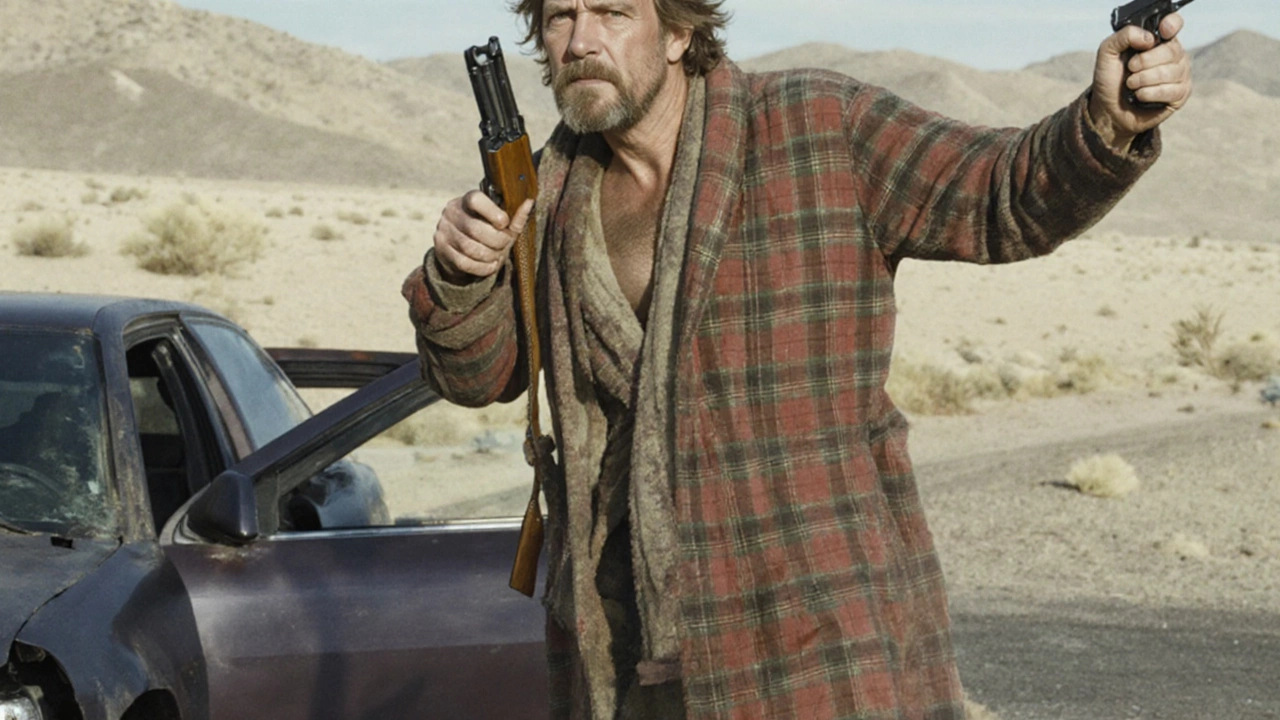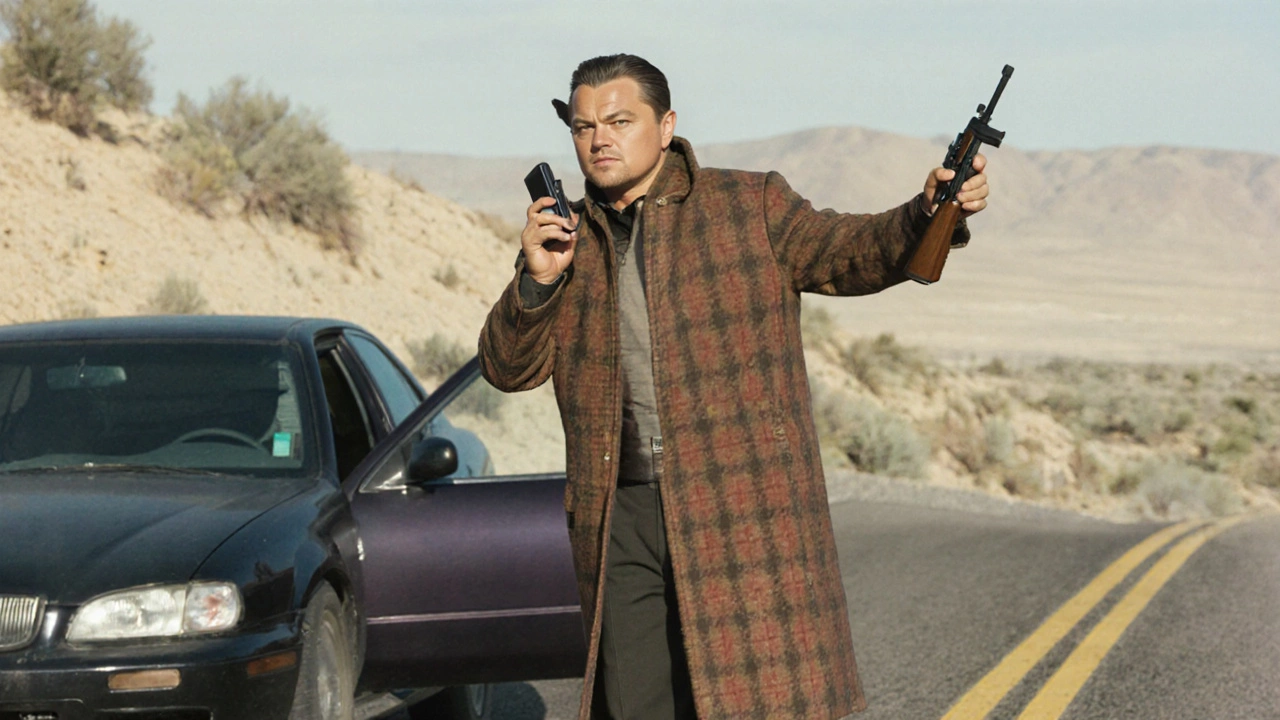Paul Thomas Anderson’s latest, One Battle After Another, turns Thomas Pynchon’s Vineland into a riotous political thriller. A wild mix of humor, action and social commentary lands with a punch, thanks to a stellar cast led by Leonardo DiCaprio and Teyana Taylor. Critics are calling it the director’s magnum opus, and the buzz around Jonny Greenwood’s score is huge. The film manages to be both wildly entertaining and deeply human. Its timeless vibe makes the story feel like it could be happening right now.

- Created by: Gareth Rubens
- Completed on: 26 Sep 2025
- Categories: Entertainment
Paul Thomas Anderson’s new film One Battle After Another is the kind of movie that makes you put down your phone and stare at the screen. It takes Thomas Pynchon's sprawling novel Vineland and refashions it into a political thriller that feels both classic Anderson and totally fresh. Think razor‑sharp satire, over‑the‑top action set‑pieces, and a cast that practically fights for its life on screen.
Why the Film Works
First off, the ensemble is a who’s‑who of talent. Leonardo DiCaprio plays Bob, also known as Ghetto Pete, a love‑struck, password‑forgetting revolutionary who somehow becomes the audience’s favorite screw‑up. Teyana Taylor slams the role of Perfidia Beverly Hills, a volatile leader whose energy is equal parts charisma and chaos. Sean Penn, Benicio del Toro, Regina Hall, Alana Haim and Shayna McHayle sprinkle in their own brand of brilliance, turning the French 75’s rag‑tag roster into a living, breathing protest machine.
The story stretches across sixteen years, but Anderson never lets the timeline bog you down. Instead, the film hovers in a sort of “any‑time‑any‑place” space that lets the rebellion feel eternally relevant. From busting immigrants out of detention centers to blowing up campaign headquarters, the French 75’s exploits read like a fever dream that still nails today’s headlines.
Jonny Greenwood’s score deserves its own paragraph. The music oscillates between shrieking synths and low‑rumble strings, matching the film’s manic pace while giving quieter moments a haunting edge. Pair that with Michael Bauman’s kinetic cinematography—handheld shots that swirl through riots, tight close‑ups that capture sweat, and wide frames that showcase the city’s electric glow—and you’ve got a visual‑sound package that’s impossible to ignore.
One of the biggest surprises is how DiCaprio’s comedic timing steals scenes. His phone‑call meltdowns, where he can’t remember a password and ends up yelling at a bureaucrat, are pure gold. The humor never undercuts the stakes; instead, it makes the tension feel more human. When Bob teams up with del Toro’s character in a frantic search for a charger, the sequence feels both absurd and genuinely thrilling, a perfect showcase of Anderson’s knack for blending genres.

Behind the Scenes and Bigger Picture
Anderson’s own backstory nudges the film’s theme of rebellion. He once walked out of a film school class after a professor urged students to ace “Terminator 2” if they wanted to survive. That rebellious spirit bubbles through the movie, turning it into a meta‑statement about artistic freedom.
Beyond the spectacle, the movie leans heavily on humanism. While the politics are front‑and‑center—immigration, corporate greed, systemic oppression—Anderson refuses to reduce his characters to symbols. Bob’s frustration turns into the audience’s frustration, and his tender moments with his daughter Willa (played by Chase Infiniti as a teen) add emotional heft. The film suggests that every battle, no matter how small, matters because it’s fought by people who care.
The title itself works as a metaphor for history. Each generation fights its own wars—suffrage, equality, health, fair pay—and the film argues that the only realistic answer is to keep fighting, one battle after another. That optimism, rather than cynicism, is what makes the story feel uplifting rather than grim.
Technically, the movie shines across the board. Production design recreates everything from rundown warehouses to sleek political headquarters with meticulous detail. Editing snips between chaotic protest scenes and intimate moments with a rhythm that never feels rushed. Even the sound design—hear the distant hum of an overloaded grid or the crackle of a vintage cellphone—adds layers to the viewing experience.
In a market saturated with heavy‑handed political dramas, One Battle After Another stands out for its ability to be both a crowd‑pleaser and a thoughtful commentary. It invites you to laugh, to gasp, and maybe to think a little harder about the world beyond the screen. And that, after all, is what makes a great film linger long after the credits roll.